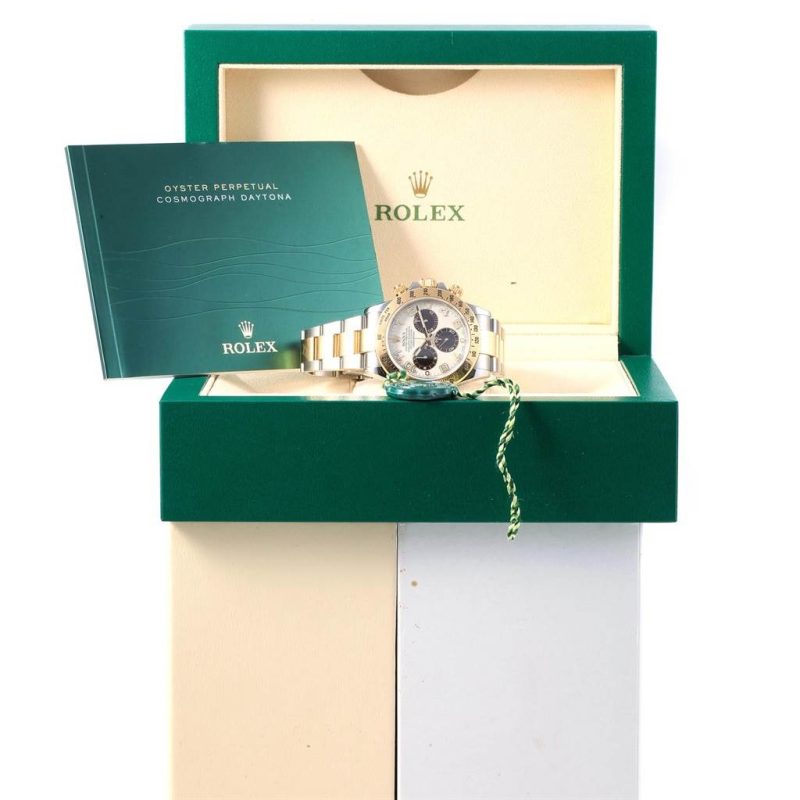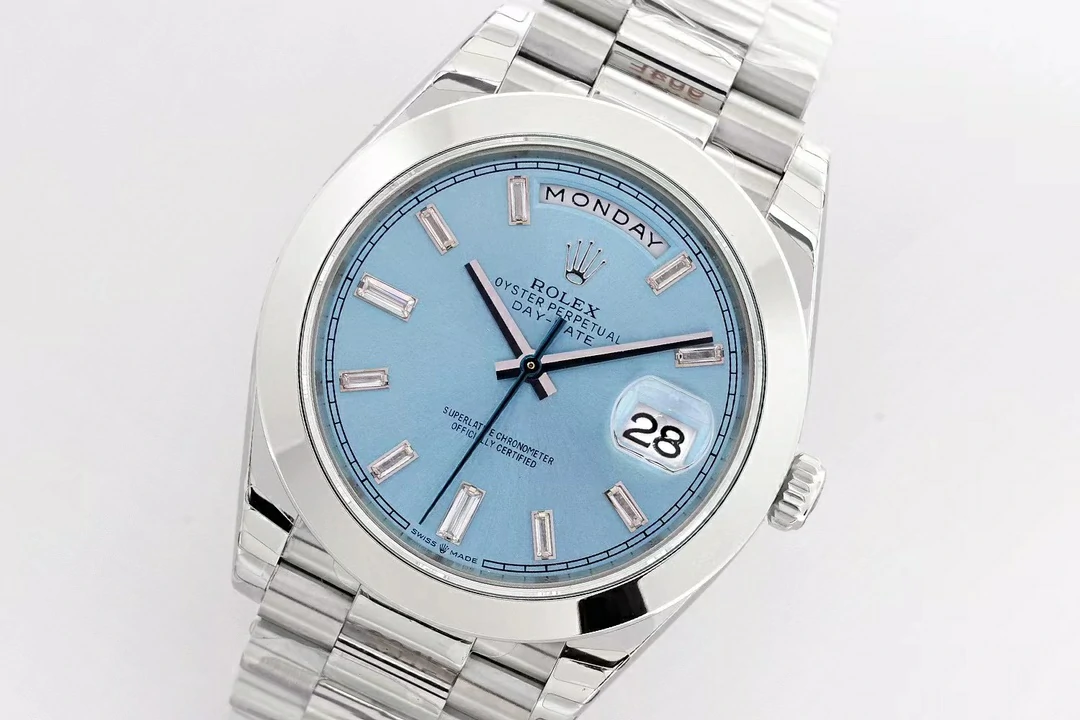Replica
How long do these replica watches last?
The lifespan of a replica watch varies significantly depending on various factors, including the quality of the materials, the craftsmanship, and, most importantly, the type of movement used in the watch. While some high-end replicas claim to offer longevity similar to authentic luxury watches, understanding the intricacies of these watches can provide a more realistic expectation of their durability.

Factors Influencing the Lifespan of Replica Watches
1. Type and Quality of Movement
The movement, or the mechanism that powers the watch, is the most crucial factor determining how long a replica watch will last. Replica watches can come with different types of movements:
A. Quartz Movement
- Durability: Quartz movements in replicas are typically the most affordable and durable. They are powered by a battery and are relatively low maintenance.
- Expected Lifespan: Generally, a quartz movement can last anywhere from 1 to 5 years, depending on the battery quality and the overall construction. However, the electronic components may degrade over time, leading to eventual failure.
B. Japanese Automatic Movement
- Durability: Many mid-range replicas use Japanese automatic movements (like Miyota or Seiko), known for their reliability and affordability.
- Expected Lifespan: These movements can last between 5 to 10 years if maintained properly. They require periodic servicing to ensure longevity, but their performance and accuracy tend to be lower compared to genuine luxury movements.
C. Chinese Automatic Movement
- Durability: Low-end replicas often feature Chinese automatic movements, which are generally less reliable and made with lower-quality materials.
- Expected Lifespan: These movements may only last 1 to 3 years, as they are prone to accuracy issues and mechanical failures. Regular use and the lack of quality control can significantly shorten their lifespan.
D. Swiss Automatic Movement
- Durability: High-quality replicas, often termed “super clones,” use Swiss automatic movements, such as ETA or Sellita, renowned for their precision and robustness.
- Expected Lifespan: With proper care, these movements can last over 10 years, and in some cases, up to 15 years or more. However, even these high-quality replicas may not match the longevity of genuine luxury watches due to potential differences in assembly and component quality.
2. Material Quality
- Case and Bracelet: The materials used in the case and bracelet of replica watches vary widely. Stainless steel is common, but the grade and treatment of the steel can affect durability. Lower-quality metals may tarnish or degrade faster.
- Crystal: Replica watches might use mineral glass or low-grade sapphire for the crystal. Genuine luxury watches use high-quality sapphire, which is more scratch-resistant and durable. Cheaper crystals can scratch easily and impact the overall lifespan.
3. Assembly and Craftsmanship
- Precision of Assembly: The assembly quality of replica watches can be inconsistent. Even with high-quality components, poor assembly can lead to issues like water leakage, misalignment, and mechanical failures.
- Attention to Detail: Genuine watches undergo rigorous quality control, while replicas may lack this level of scrutiny, leading to potential flaws that can affect performance and longevity.
4. Maintenance and Care
- Servicing: Like any mechanical watch, replicas require regular servicing to maintain their functionality. However, finding a watchmaker willing to service a replica can be challenging, and the cost may not justify the investment.
- Usage Environment: Exposure to harsh conditions, such as extreme temperatures, moisture, and impacts, can significantly reduce the lifespan of a replica watch.
Typical Lifespan Based on Quality
Low-Quality Replicas
- Movement: Chinese automatic or basic quartz.
- Materials: Low-grade metals, mineral glass.
- Lifespan: 1 to 3 years.
- Notes: These watches are prone to mechanical failures, cosmetic wear, and are generally not designed for long-term use.
Mid-Range Replicas
- Movement: Japanese automatic or higher-quality quartz.
- Materials: Better-grade stainless steel, mineral glass or entry-level sapphire.
- Lifespan: 3 to 7 years.
- Notes: With moderate care, these watches can provide reasonable longevity but often require periodic maintenance to keep them running.
High-Quality “Super Clone” Replicas
- Movement: Swiss automatic movements.
- Materials: High-grade stainless steel, quality sapphire crystal.
- Lifespan: 10 to 15 years or more.
- Notes: These replicas are designed to closely mimic the performance and durability of genuine watches, but they still lack the full authenticity and build quality of the originals. Proper care and occasional servicing can extend their usable life.

